Aside from the different form factors that razors come in, there are indeed numerous types of razor blades that are each designed for specific purposes and various shaving experiences.
This article will look at the five different types of razor blades, including the injector, single-edge, double-edge, straight-edge, and cartridge razor blades.
Comparison Table
| Type | Description | Cost | Maintenance |
|---|---|---|---|
| Injector Style | Single-edge blade loaded directly into the razor handle. Thicker blade for longevity and durability. | Medium to High | Regular blade change |
| Single-Edge | Thick and rigid blade with one sharpened side. Used in modern and vintage safety razors. | Low | Regular blade change |
| Double-Edge | Two sharpened sides for use in safety razors. Universal fit and a range of sharpness levels. | Low | Regular blade change |
| Cartridge | Multiple blades on a removable head. Often includes lubricating strips and a pivot head. | High | Regular cartridge change |
| Fixed Blade | Non-interchangeable blade found in straight razors. Requires regular maintenance. | Low upfront, High maintenance cost | Requires honing and stropping |
Detailed Look At Different Types of Razor Blades
1. Injector Style Razor Blades
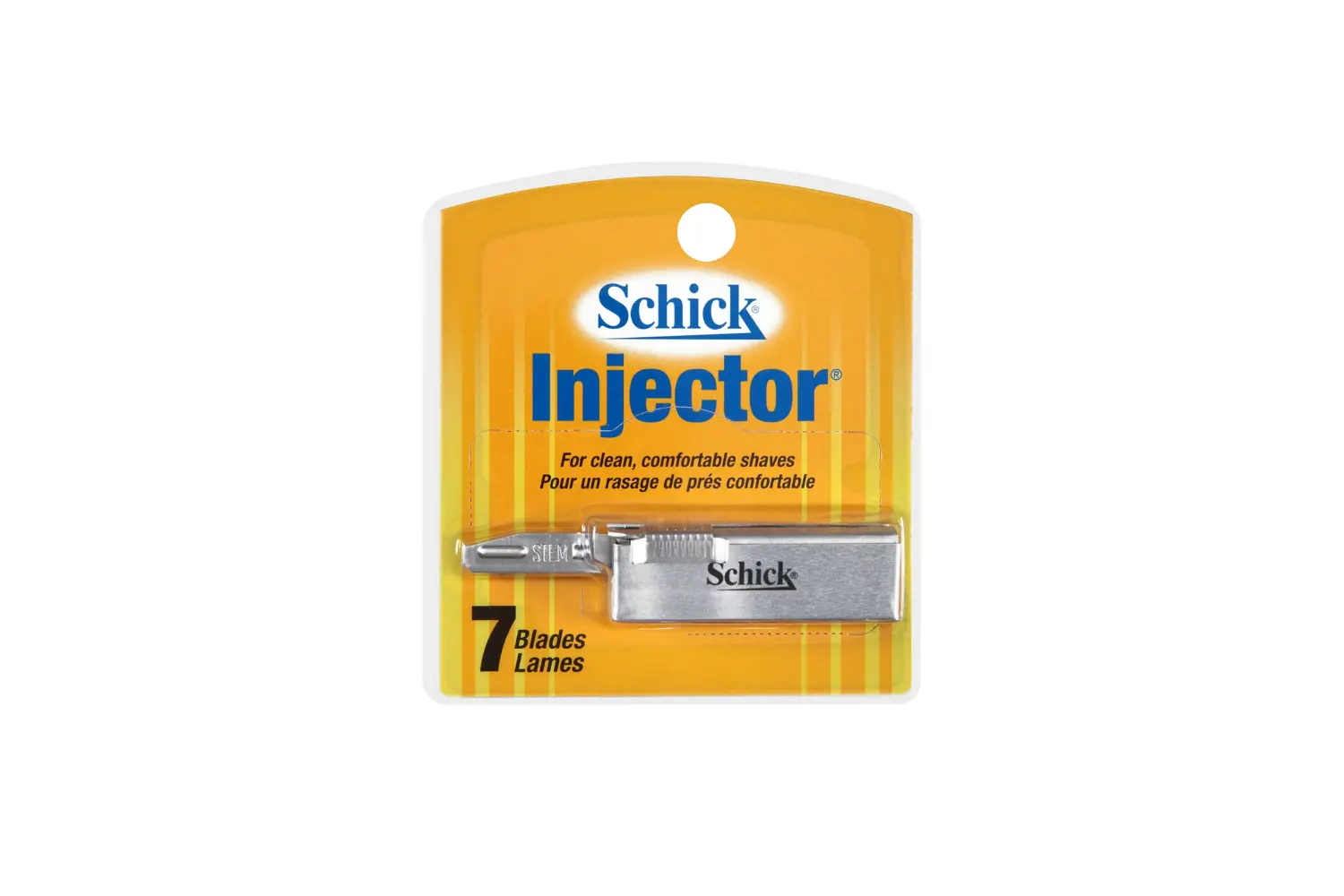
Injector style razors, invented by Jacob Schick in the 1920s, are single-edge blades that are inserted and removed from the razor head with a unique injector device. The razor head itself is often smaller and more maneuverable than other razors, allowing for greater precision during shaving.
This style of razor blade is typically thicker than most other blades, contributing to its longevity and durability, meaning it lasts longer before needing replacement. It is also a bit more stable, and the chatter of the blade is minimal, making it less prone to nicks and cuts. Due to the thicker blade, it can cut through thick facial hairs with relative ease, making it a preferred choice for those with coarse or thick hair.
Despite the unique and innovative design, injector blades aren’t really as common as other types of blades. Notable brands that use this razor blade style include Supply, Schick, and Parker.
2. Double-Edge Razor Blades
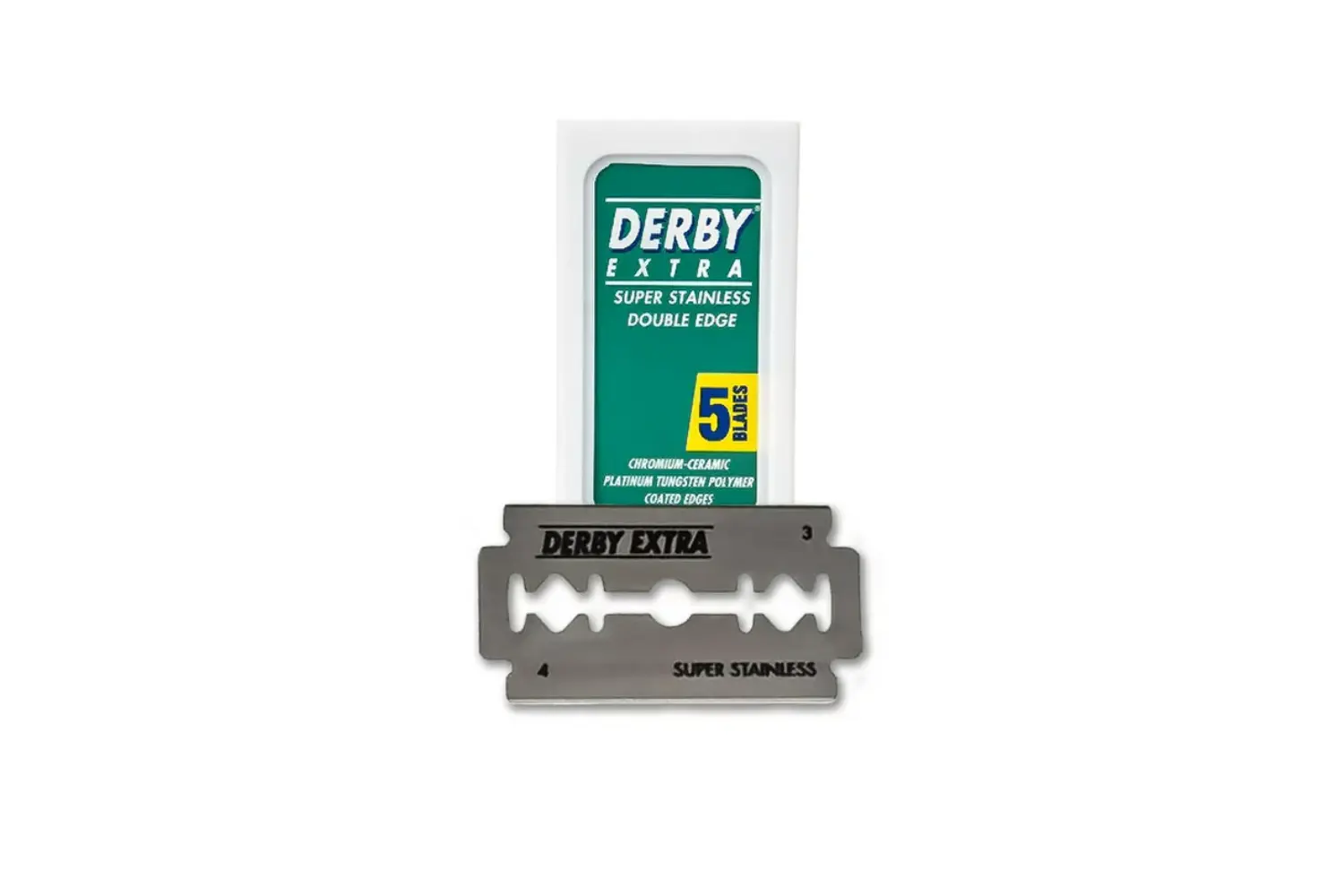
Double-edge (DE) blades are designed for use in safety razors. They offer two sharpened edges—minimizing the number of times you need to rinse during your shave—usually providing an extremely close shave.
These blades feature a universal fit, which means they’re compatible with almost any type of safety razor. In terms of sharpness, they range from very sharp to comparatively less sharp. DE blades are known for their economic pricing as they are usually cheaper than cartridge or injector blades but do require a higher upfront cost for the safety razor itself.
Despite being introduced to the world at the turn of the 20th century, they are still widely adopted by shaving enthusiasts and barber professionals alike due to the quality of shave they deliver. The sharpness, low price, and wide compatibility of DE blades make them a favorite among experienced shavers seeking a high-quality shave.
Renowned brands manufacturing this style include Merkur, Feather, Astra, Derby, and Wilkinson Sword.
In terms of aggressiveness, it will vary considerably from brand to brand and even among different blades within the same brand. The “aggressiveness” of a blade refers to the level of balance between comfort and closeness, with some blades cutting closer to the skin than others. This variance allows for a tailored shaving experience for users to find a blade that suits their unique skin and hair needs.
Here’s a table with the perceived sharpness of some popular DE blade brands:
| DE Blade Brand | Perceived Sharpness |
|---|---|
| Feather | Very Sharp |
| Astra Superior Platinum | Sharp |
| Derby Extra | Intermediate |
| Merkur | Intermediate |
| Wilkinson Sword | Less Sharp |
3. Single-Edge Razor Blades
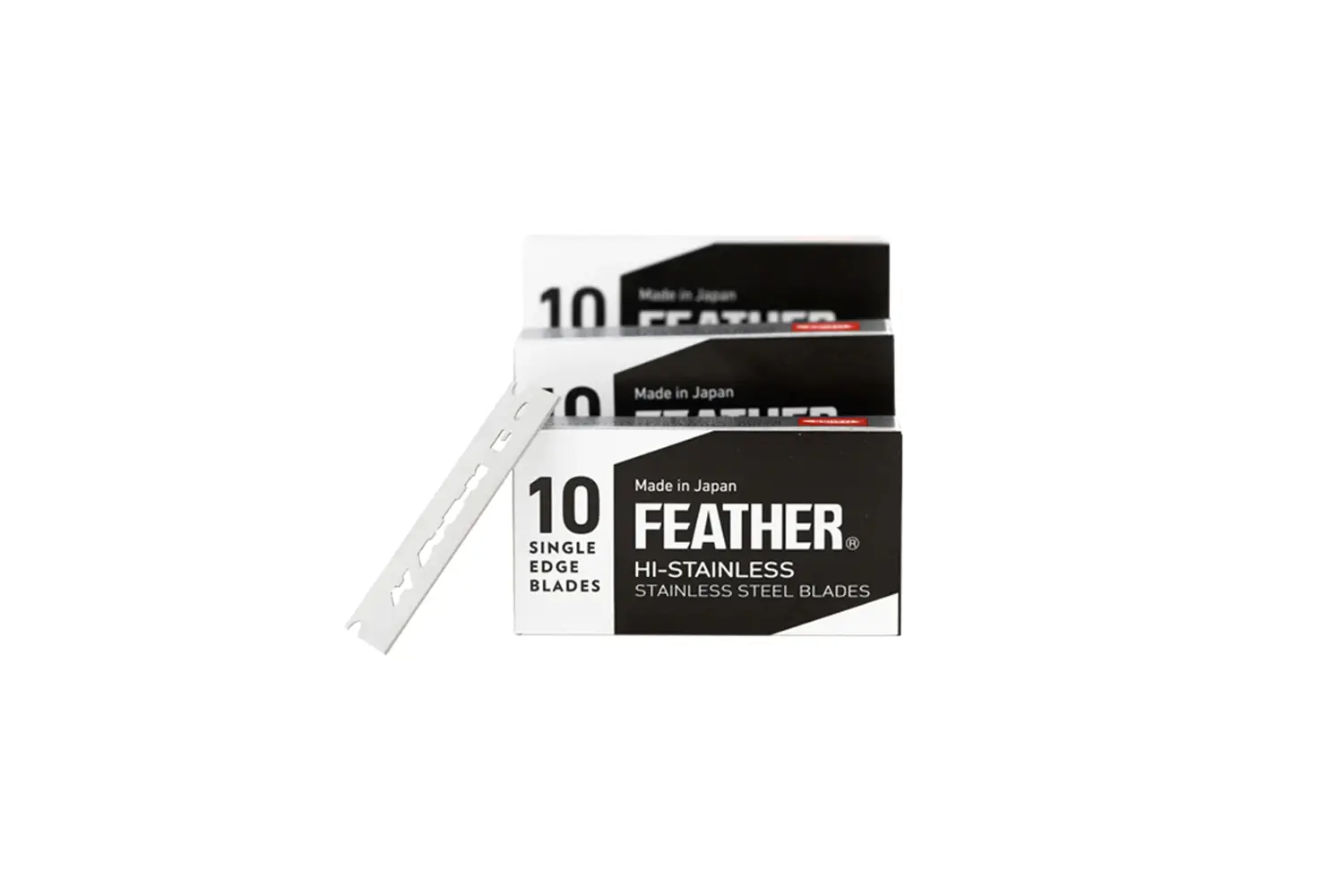
Single-edge (SE) blades are somewhat of a blend between an injector blade and a double-edge blade. Single-edge blades tend to be thicker and more rigid than their DE counterparts, making them well-suited for tough, coarse hair.
These blades are defined by their one cutting edge with a spine on the other side. Originally, these blades were primarily used in the mid-twentieth century in a type of razor known as a ‘Gem’ or ‘Ever-ready’ razor. Today, many modern safety razors still use single-edge blades, but these are often called ‘Artist Club’ blades owing to the Feather Professional range of single-edge safety razors which use them.
Due to their thickness and rigidity, SE blades give a different feel from DE blades when shaving. They might be less maneuverable than DE blades, but their rigidity can produce a very smooth shave, which particularly benefits those with sensitive skin or those prone to razor burn.
The downside to single-edge blades is that they are not as easy to find as other blade types, especially in mainstream brick and mortar shops, and they typically cost more than double-edge blades. On a positive note, the increased thickness does mean they tend to last longer, so you may find yourself needing to change blades less frequently.
One notable razor system today that relies on this razor blade type is the OneBlade Razor, which uses Feather single-edge blades specifically designed for it.
4. Cartridge Razor Blades
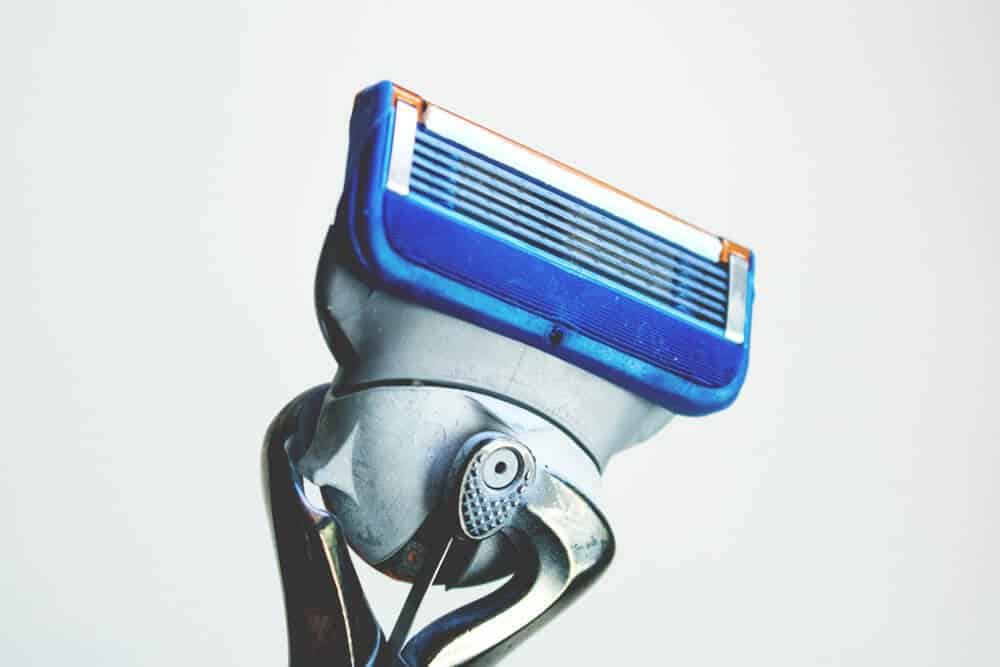
Cartridge razor blades are modern multi-blade systems where the blade container or cartridge attaches to a reusable handle. Cartridges often contain lubricating strips to lessen friction during the shave and a pivot head that adjusts to the contours of your face.
Unlike its predecessor, the double-edge razor, cartridge razors contain proprietary fittings so you can’t mix and match handles and cartridges from different brands. This potentially higher commitment to a specific brand contributes to their higher cost, as compared to DE and SE blades.
One notable advantage (and drawback) to the cartridge razor multi-blade system is the closeness of shave it can deliver. On one hand, the multiple blades work in tandem to lift and cut hairs below skin level for a very smooth result. However, this also increases the risk of ingrown hairs and skin irritation, especially for those with sensitive skin.
Popular brands manufacturing cartridge razor blades include Gillette, Schick, Harry’s, and Dollar Shave Club. These brands offer a variety of options, ranging in the number of blades in each cartridge—usually between three to seven.
5. Fixed Blade
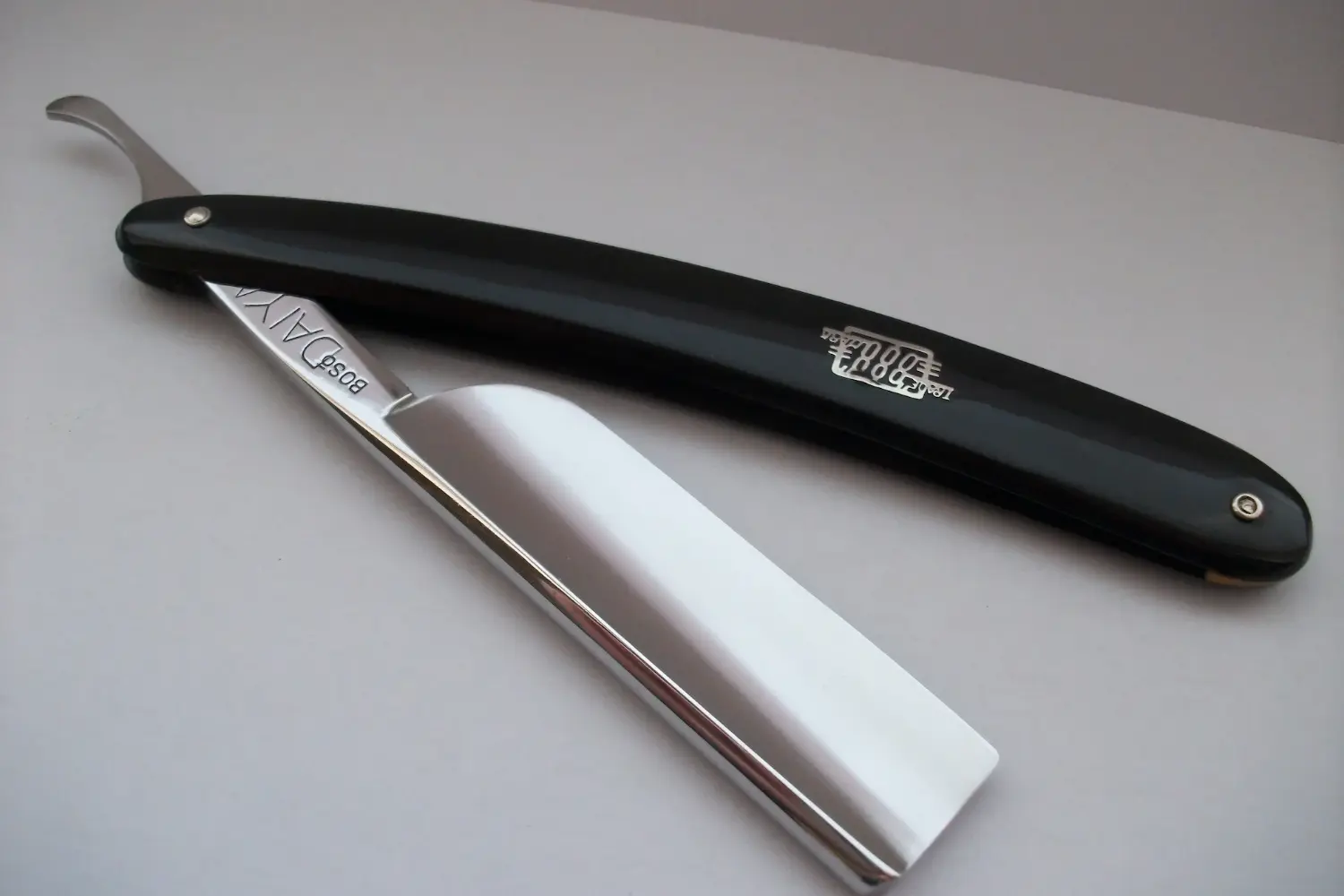
Found solely on the straight razor, the fixed blade is non-interchangeable and stays permanently attached to the handle of the razor. Straight razors are the oldest type of traditional shaving tool that some men still find themselves using to this day.
Since the razor blades aren’t thrown away like other systems, fixed blade razors are more eco-friendly and cost-effective over time. However, they do require regular maintenance, including honing and stropping, to keep the blade sharp and ready for use.
There’s unquestionably a distinct allure to using straight razors, as it is seen as a sort of ritualistic process. The shave provided by straight razors can be very close and comfortable due to the length of the blade and the angle at which it cuts. This skilled method of shaving offers more control over the shaving angle, pressure, and direction of the cut, providing a precise and tailored shave. It’s often regarded as the purest form of shaving by traditionalists.
Nevertheless, shaving with a straight razor requires patience, skill, and care. They carry a higher risk of cuts and nicks, especially for beginners who are still refining their technique.
Finding A Razor Blade Suitable for Your Skin and Hair Type
Choosing the right type of razor blade often depends on a person’s unique skin and hair type. Double-edge razor blades, in particular, are well-suited for testing this because they are affordable, generally accessible, and come in a variety of sharpness levels.
In fact, you can purchase a variety pack of blades and see which brands and sharpness levels work best for you. This is a great way of finding a blade that gives you a smooth, comfortable shave without causing skin irritation or cuts.
For cartridge razors, you are best served in trying a few different brands and see which one suits your needs the best. While this can be relatively expensive to start, you can find one that delivers comfortable shaves with fewer passes and reduced risks of irritation.